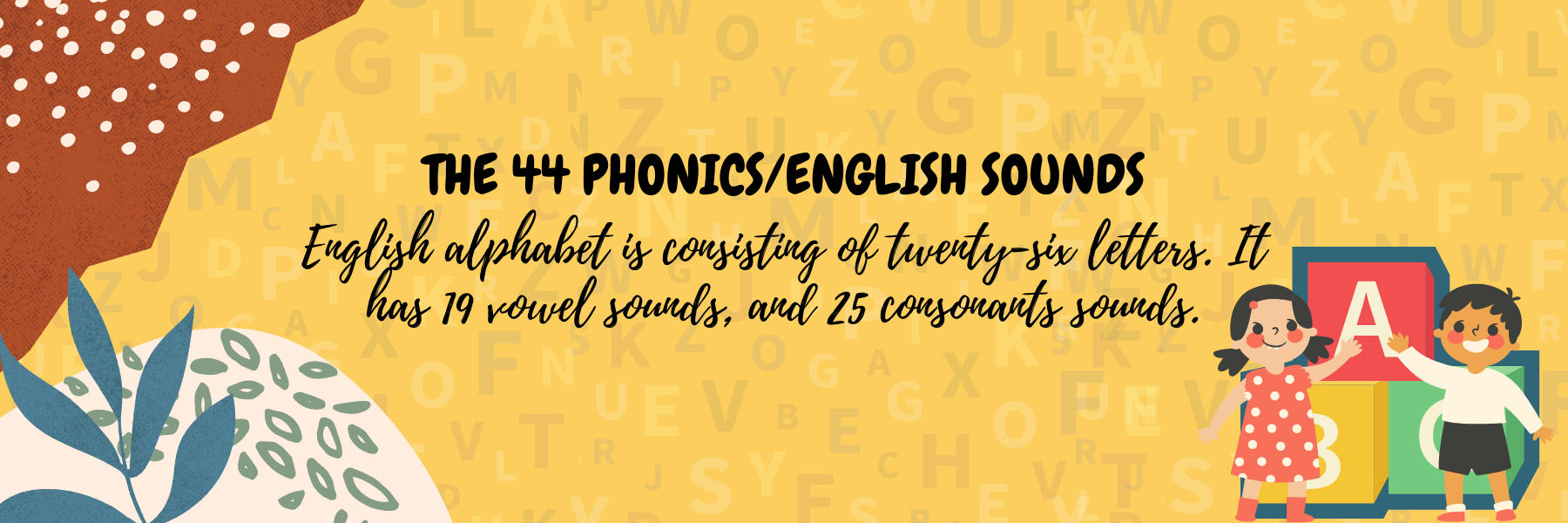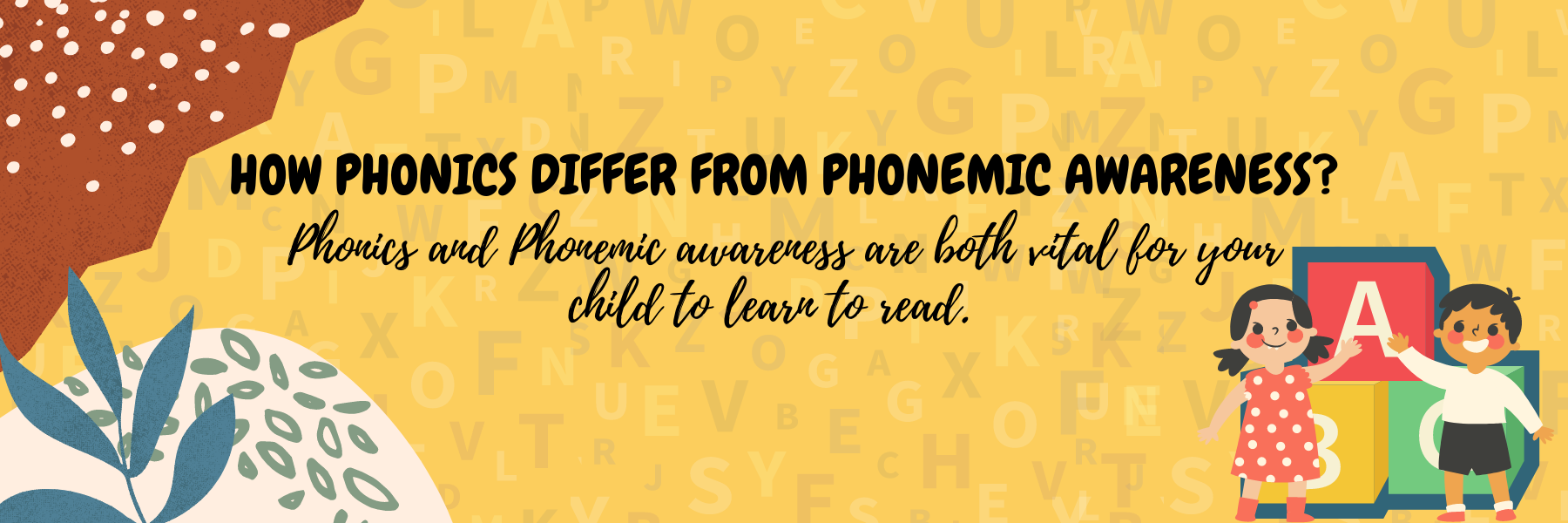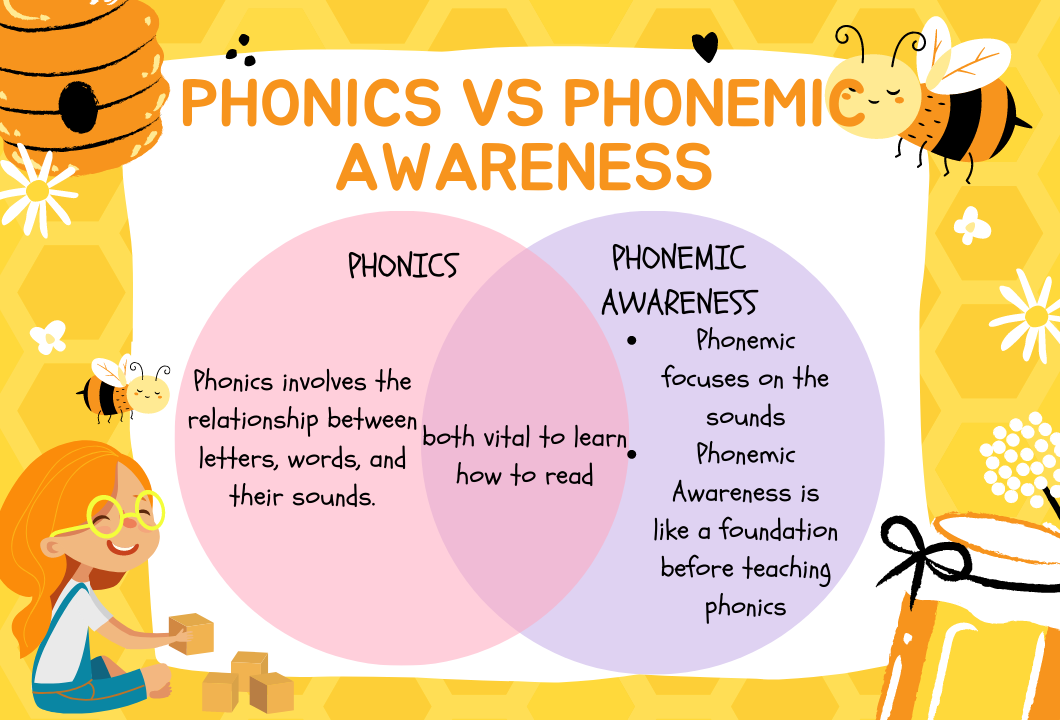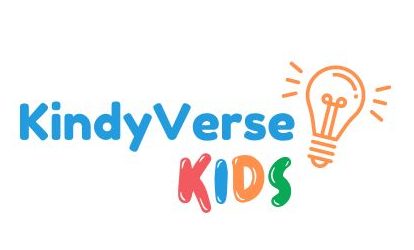Remember what we talked about in the previous article? Learning to hear English or phonics sound is vital for young children to learn how to read. So, let’s have an in-depth discussion about what are the 44 Phonics Sounds.

English alphabet is consisting of twenty-six letters. It has 19 vowel sounds, and 25 consonants sounds.
Let’s start with the 19 vowel sounds. It is divided into three parts:
-
-
- Five short Vowel Sounds, which are the a, e, I, o, u.
- Six long vowel sounds, the a,e,I,o,u, and
- R-Controlled Vowel Sounds, which are the ar, er, and
-
The 18 consonants on the other hand are b, k, d, f, g, h, j, k, l, m, n, p, q, r, s, t, v, w, x, y, z. The following are the example:
-
-
- B for ball and bat
- K for Kite and cat
- D for dog
-
There is also what you call the blends. This is the combination of two or more letters to form a consonant sound. Some of letters that belongs to the blends are, BL, CL, FL, GL, and BR. To give an example;
-
-
- BL for blow and blue
- CL for clip and close
- FL for fly and fled
- GL for glad and glow
- BR for brew and brown
-
Still enjoying learning what are English sounds like? We will also talk about the Seven Digraph Sounds – according to ThoughtCo, Digraph are consonants combined to create a unique sound that is completely separate from the sounds of each individual letter. So, what are the examples of this?
-
-
- Ch for chin and chat
- Sh for shout or push
- Th for thing or thanks
- Wh for when or what
- Ng for ring and rang
- Nk for rank and drank
-
To complete our list of 44 English sounds, the diphthongs and other special sounds The sound of the first vowel gliding into the second creates a new syllable in the shape of this digraph, which is simply a digraph that incorporates vowels. It’s common for them to be located amid a word. See the samples in the following bullets.
-
-
- Oi can be used for oil, or toy
- Ow for ouch
- Ey for rain, gain, and pain
- Short oo for pool
- Aw for raw
- Zh for mission
-
Now that we already know the 44 English sounds, go grab the materials that you needed, practice to pronounce this phonics and start to teach your children. Good luck!
Difference Between Phonics and Phonemic Awareness

In this article, Phonics and Phonemic Awareness are always mentioned. So, what do these words mean? And how do these differ from each other?
Here’s the thing Phonics and Phonemic awareness are both vital for your child to learn to read.
Phonics and Phonemic Awareness differ in how they convey their functions.

Let’s talk about Phonological Awareness first, according to Institute for Multi-Sensory Education It is being aware of the fact that our spoken language is composed of words and that our words are composed of distinct units of sound known as phonemes.
Several skills were introduced, which is important for early childhood education. It teaches the child word recognition, rhyming, and syllables per word.
We will not sugar-coat it, teaching phonemic awareness can be challenging. As stated in the Strategies to make your children learn to read a faster section of this article, a child needs to be familiarized with 44 English sounds, let us also add the 26 alphabets and 250 spelling of each English sound. Phonemic awareness should be taught thoroughly to your children.
But worry no more as we included several steps to teach your children how to read and that includes learning phonemic awareness (see the article above).
Moving on, how does phonemic awareness differ from phonics?
Phonics involves the relationship between letters, words, and their sounds. Children can decode or read the words by sounding each syllable.
Phonemic Awareness is somehow similar but not the same. Phonemic focuses on the sounds, while Phonics focuses on letters, words, and associated sounds on each word.
Phonemic Awareness is like a foundation before teaching phonics, that is why both of these are important for young children to learn.
Conclusion
-
-
- Basic foundations such as teaching young children phonemes are vital for them to learn how to read.
- Phonics and Phonemic Awareness are both different. Phonics is associating the words, and letters, with their sounds, however, phonemic awareness focuses on the sounds.
-
